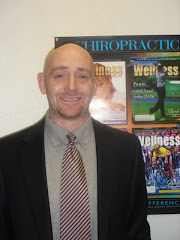According to a nationwide government survey, 36% of U.S. adults aged 18 years of age and over use some form of complementary and alternative medicine (CAM). CAM is defined as a group of diverse medical and health care systems, practices, and products that are not presently considered to be part of conventional medicine. With the inclusion of prayer for health reasons, 62% of Americans utilize CAM.
The survey, administered to 31,000 representative U.S. adults, was conducted as part of the Centers for Disease and Control Prevention’s (CDC) 2002 National Health Interview Survey (HNIS). The survey included questions on 27 types of CAM therapies commonly used in the United States.
The study showed that a sizable percentage of the public puts their personal health into their own hands. The survey revealed that CAM use was greater among a variety of population groups, including women; the highly educated; those recently hospitalized; and former smokers. The study was also the first survey to yield substantial information on CAM use by minorities.
Among the 10 most commonly used CAM therapies, prayer was used more often than all other CAM therapies combined. There were three therapies relating to prayer: Prayer for one’s own health; prayer by others for the respondent; and participation in a prayer group for one’s own health.
43% of respondents used prayer for their own health, 24% had prayer by others, and 10% participated in a prayer group for their own health. Right behind the use of prayer was the use of natural products, such as herbs and enzymes, which accounted for 19% of use. Other therapies included deep breathing exercises (12%); meditation (8%); chiropractic care (8%); yoga (5%); massage (5%) and diet-based therapies (such as Atkins, Pritikin and others) (4%).
Regarding specific populations using CAM, it was found that African American adults were more likely than white or Asian adults to use CAM when megavitamin therapy and prayer were included in the definition of CAM.
The survey results revealed new patterns of CAM use among various population groups, and provide a rich source of data for future research.
(Summary of NIH News Release, May 27, 2004; Health and Human Services Department (HHS); National Institutes of Health (NIH)
Subscribe to:
Post Comments (Atom)



No comments:
Post a Comment